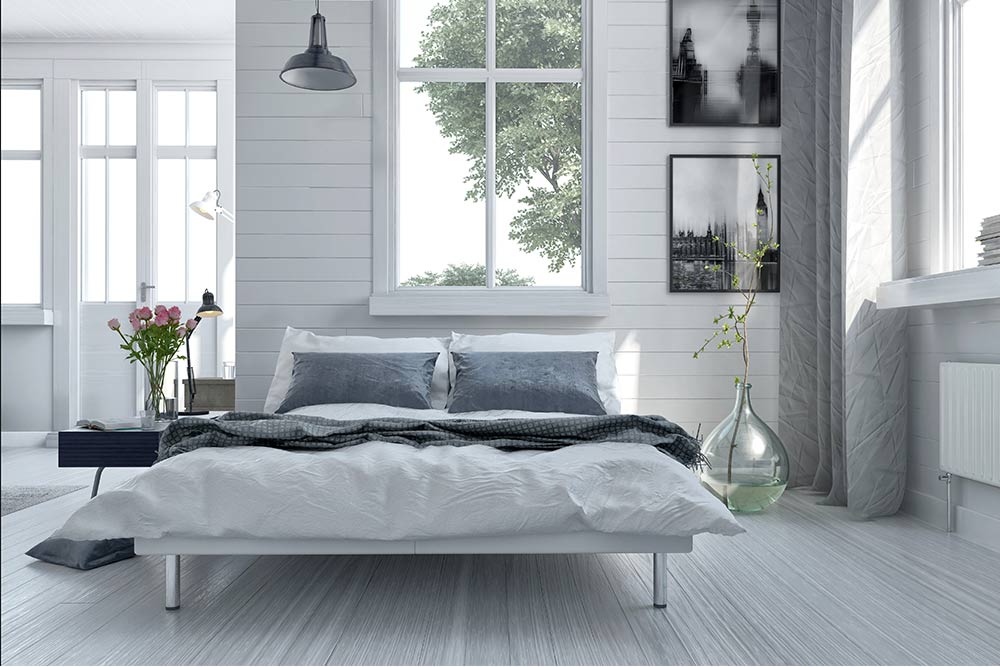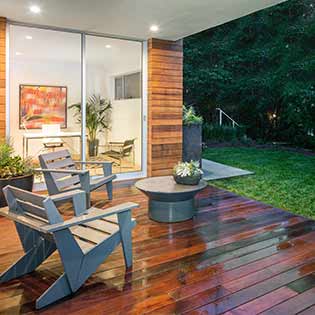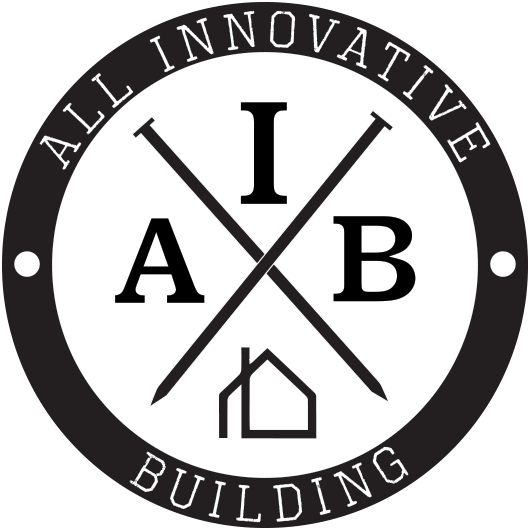
12 Jan Eco-Friendly Home Renovation: Reduce Environmental Damage
Sustainability became synonymous with home renovation and design in the late 10s as consumers became increasingly conscious of their environmental impact, but how can you contribute to the green niche moving into 2020 with your upcoming home renovation?
The positive trend we're witnessing at All Innovative Building is the growing number of consumers opting to build using the abundance of Eco-friendly options available on the market. Eco-friendly designs are now contemporary, and with the increasing demand, supply has made building materials easier to source, allowing consumers to squeeze more into a smaller renovation budget.

Reducing your environmental impact can be broadly divided into three categories when renovating; choosing sustainable local materials, recycling using your used building materials, and installing Eco-friendly home additions to reduce environmental impact.
Material importation is an easily overlooked element in an Eco-build, which can be avoided with careful planning. We recommend you seek the help of a professional local builder who can guide you to the best local building materials. Additionally, you can seek advice on the process of saving existing building materials and the process of revitalising them. These steps will go a long way to breathe new energy into your latest renovation.
Prioritising Sustainable Materials
When completing a home renovation, it's important to consider the materials going into your home. This is less about fashion and more about using eco-friendly materials. Sustainable materials are repurposed, easily recycled, non-toxic, and/or natural.
Things like wood, cork, steel, and bamboo are examples of sustainable materials. Suppose you get them refurbished, even better. Alternatively, many prefabricated homes are made from steel or recycled plastic and tend to create less waste than a traditionally built home. Prioritising sustainable materials is a trending topic in home design due to its effect on reducing waste.
Sourcing Domestic Materials
Many international materials are preferred to build homes due to affordability (often the product of low labour costs) or high quality, like Italian marble. However, sourcing local materials is a popular choice to help reduce the carbon footprint of building materials.
International items require a lot of air, sea, or ground transportation, creating carbon emissions that are harmful to the environment. International economic development is affected by global warming in several ways. Reducing the sourcing of international building materials is an important aspect of sustainability around the globe. By purchasing domestic materials, local economies benefit, and carbon emissions are lowered.
Repurposing Items
Repurposing an item saves it from sitting in a landfill. This trend in home renovation doubles as a sustainable choice and a fashionable one; many repurposed items carry a vintage appeal that can turn a space into something special. New cabinets, flooring, and walls created with domestic, sustainable materials are great, but so is finding an old item and reusing it. Some green home renovations can seem expensive, but repurposing can help lower costs.
In addition to that, make sure you're deconstructing your home during a renovation instead of demolishing it. This ensures that some materials in your home can be repurposed instead of being thrown out as waste. You can sell or donate your deconstructed items and help another person make a sustainable choice by upcycling them.
Renovating for Sustainability
People make renovations for many reasons. Some would like to update their space, some want a new look, and others may be fixing something damaged. However, renovations centred around sustainability are becoming a popular trend. The perks that go with an eco-friendly renovation include helping the environment, saving money, and improving a home's resale potential. Renovating for sustainability involves finding the environmental concerns in your home and working to remedy them.
Some common renovations involve upgrading appliances. Not only should you find Energy Star-rated appliances that focus on energy efficiency, but you should also do research on the best devices for you. Some of the best water-efficient toilets and showers have different settings and designs depending on your preferences and water use in your home. Other common upgrades include added insulation, upgraded windows, and replacement light fixtures.
Sustainable Home Design
Some trending home designs are more extreme than others. In the world of eco-friendly homes, some are created for the sole purpose of being environmentally conscious. Though these options involve a specific look, a more expensive upgrade, a lifestyle change, or a larger renovation, they are trending in their environmental impact.
Living Walls
Living walls and roofs involve installing live plants into the structure of your home. Not only is this renovation a statement in your home's design, but it is also highly sustainable and improves air quality. It can also work as a form of insulation. Green living can make a person happier, and having a living wall with plants and flowers can help improve mood and wellness even more.
Smart Homes
This is involve implementing technology within your home to help you pursue a more sustainable life. Smart home technology can track how much water your bathroom uses or if there are leaks, which can help you make more efficient choices with your sink, toilet, and shower. It can track how much power you use, make it easier to turn off lights, and automate your thermostat.
Tiny Homes
Living in a tiny home is a lifestyle change. It's not easy to go from an average living space to one that is so small. However, there's no denying how environmentally friendly a tiny home can be. In fact, sustainability is why many people live in a tiny house. Their small size means they naturally use less water, gas, and electricity.
Solar Panels
Solar energy is a renewable resource that can reduce a household's energy use astronomically. Installing solar panels can be expensive and involve a larger renovation, but the result is a home powered almost entirely by solar energy.
Sustainable home renovation and design trends are some of the most effective and state-of-the-art options in green home building. The extremely sustainable designs that raise their environmental consciousness may appeal to many environmentalists. However, anyone wishing to include green living into their renovation decisions may easily access many of these popular green house design solutions.
Ensuring your materials are sustainable, locally sourced, or repurposed can turn any renovation into one that helps the environment. Completing renovation to improve your home's sustainability is also a great way to reduce your carbon footprint. Everybody wins when sustainability trends in any industry — and sustainable home design is no different.



Sorry, the comment form is closed at this time.